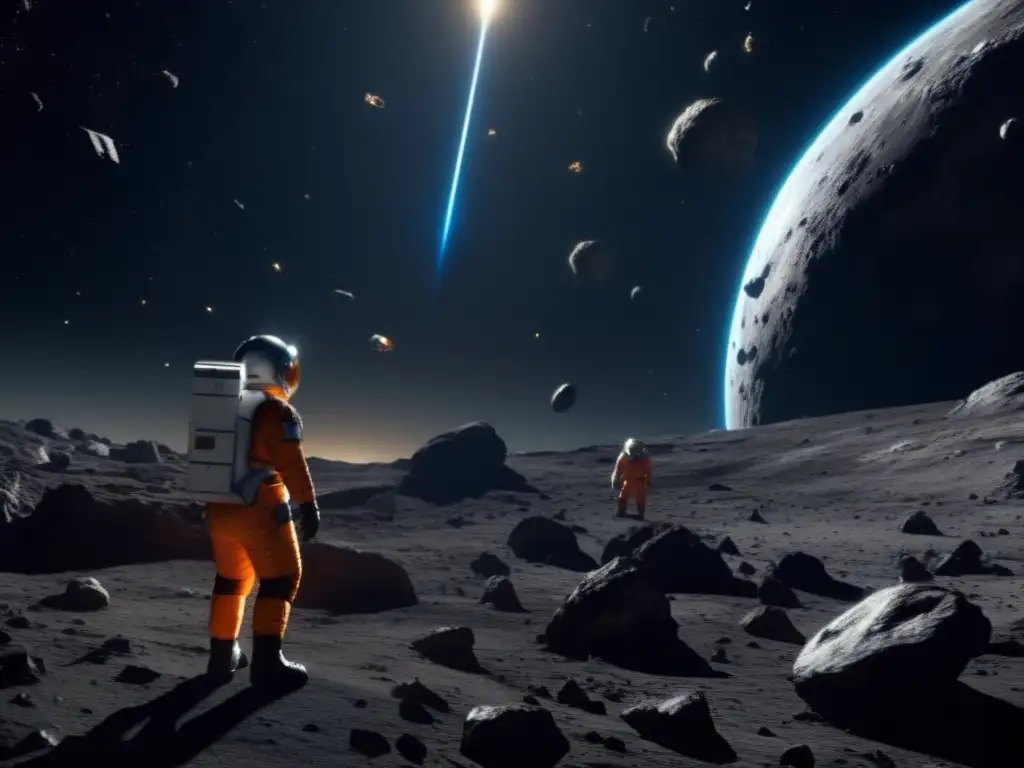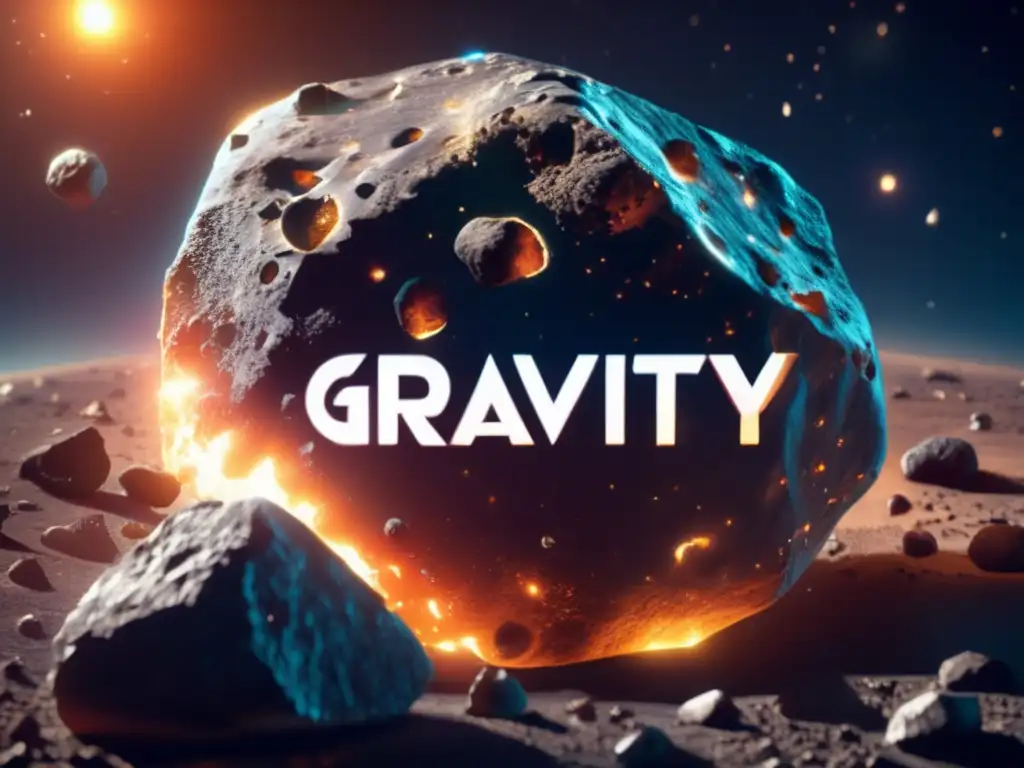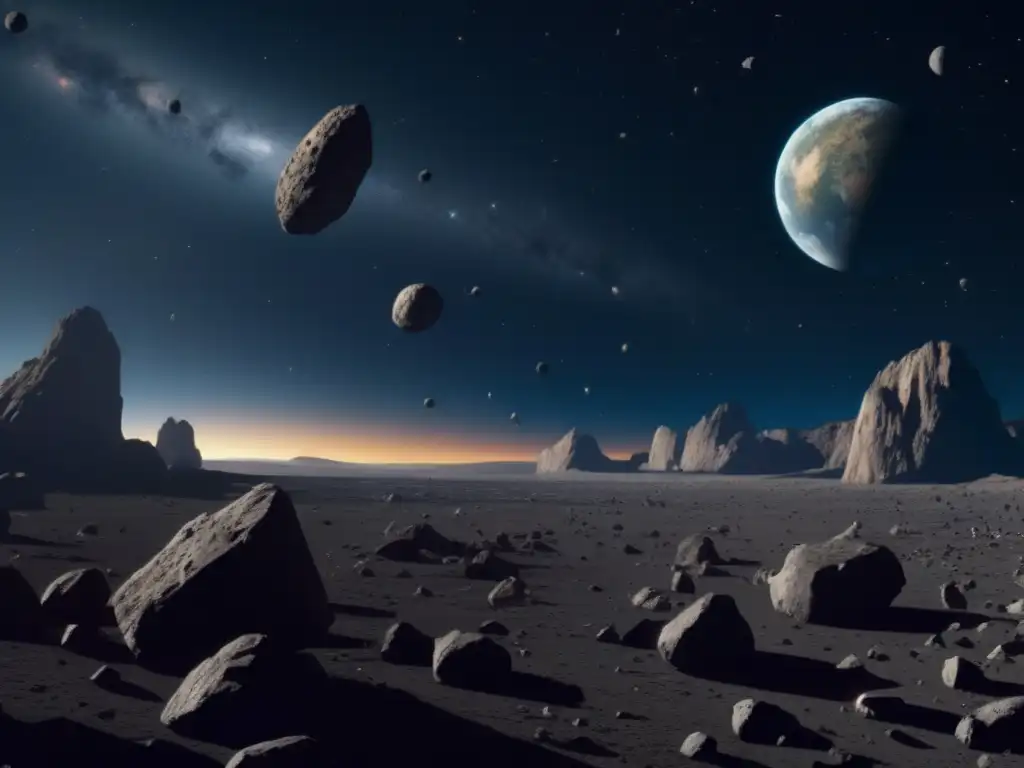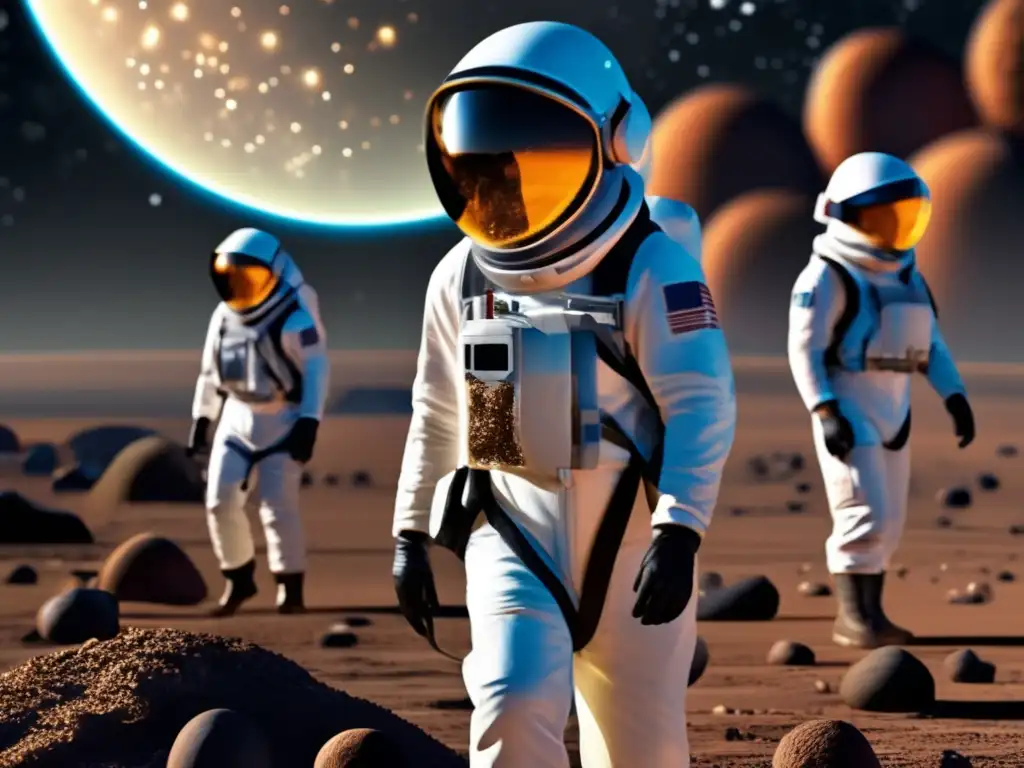Fiction Meets Science: The Asteroid Scene In 'Gravity'

Introduction
Asteroids have been a fascinating subject for both scientists and fiction writers for decades. Whether we are talking about the asteroid belt that separates the inner from the outer solar system or the recent missions to study asteroids up close, these celestial bodies capture our imagination and curiosity. In this article, we will explore how the movie 'Gravity' portrays asteroids and how close it comes to the science behind these space rocks.
The Space Environment Depicted in 'Gravity'

The Realities of Space Debris
'Gravity' opens with a sequence showing the destruction of the Hubble Space Telescope caused by a cloud of debris that orbits the planet. Although the scenario is fictional, the problem of space debris is very real. With over 20,000 tracked objects currently orbiting Earth (and many more that are too small to be detected), the risk of collisions has increased over the years and poses a significant challenge to future space exploration.
The Asteroid Belt and Astrodynamics
Later in the movie, the protagonist Dr. Ryan Stone (Sandra Bullock) must travel to the International Space Station (ISS) and then to a Chinese station to return to Earth. On her way, she encounters an asteroid field that threatens her journey home. While the asteroid scene is not entirely accurate, it does raise the question of how spacecraft avoid asteroids when traveling through the solar system. Astrodynamics is the branch of applied mathematics that deals with the motion of spacecraft in space, taking into account the gravitational forces of planets and other celestial bodies. Scientists use astrodynamics to plan trajectories that minimize the risk of collisions with asteroids and other space debris.
The Physics of Spacewalking
The movie also depicts the difficulties of spacewalking, including the lack of gravity and the need to anchor oneself to the spacecraft. Ryan Stone's struggles with her suit's thrusters and oxygen levels illustrate the importance of being prepared for emergencies in space. Additionally, the visuals of the movie are breathtaking, with panoramic views of Earth that accurately depict the curvature of the planet.
How Accurate is 'Gravity'?

The Accuracy of the Asteroid Field
The asteroid field depicted in 'Gravity' is not entirely realistic. While there are many asteroids in the solar system, they are spread out over vast distances, and the likelihood of encountering a field dense enough to pose a threat to spacecraft is minimal. However, it should be noted that Hollywood often takes liberties with science to create a more compelling story.
The Importance of Scientific Accuracy in Film
Despite the inaccuracies, 'Gravity' does a fantastic job of portraying the challenges faced by astronauts in space. It underscores the importance of scientific accuracy in film, as it allows audiences to learn about complex topics in a way that is both engaging and informative. As our society becomes increasingly reliant on technology and space exploration, it is essential to educate the public about the realities of space travel.
The Relevance of 'Gravity' Today
'Gravity' was released in 2013 and won seven Academy Awards, including Best Director for Alfonso Cuarón. Today, the movie remains relevant not only for its portrayal of space but also for its themes of resilience, survival, and the human spirit. It serves as a reminder of how far we have come in terms of space exploration and inspires us to continue exploring the cosmos.
Frequently Asked Questions

-
Is the asteroid field depicted in 'Gravity' realistic?
No, the asteroid field is not entirely realistic. While there are many asteroids in the solar system, they are spread out over vast distances, and the likelihood of encountering a dense field that poses a threat to spacecraft is minimal.
-
What is astrodynamics?
Astrodynamics is the branch of applied mathematics that deals with the motion of spacecraft in space, taking into account the gravitational forces of planets and other celestial bodies.
-
Why is scientific accuracy important in film?
Scientific accuracy allows audiences to learn about complex topics in a way that is both engaging and informative. As our society becomes increasingly reliant on technology and space exploration, it is essential to educate the public about the realities of space travel.
-
How does 'Gravity' remain relevant today?
'Gravity' remains relevant not only for its portrayal of space but also for its themes of resilience, survival, and the human spirit. It serves as a reminder of how far we have come in terms of space exploration and inspires us to continue exploring the cosmos.
-
What is the risk of collisions with space debris?
With over 20,000 tracked objects currently orbiting Earth, the risk of collisions has increased over the years and poses a significant challenge to future space exploration.
Conclusion
'Gravity' is a visually stunning movie that portrays the realities of space travel while taking some creative liberties to create a more compelling story. While the asteroid scene is not entirely accurate, it does raise awareness of the challenges that astronauts face when traveling through the solar system. Accurate science in film is critical for educating the public about the possibilities and limitations of space exploration. We hope that 'Gravity' will inspire future generations to continue exploring the cosmos.
Additional Resources

For more information on asteroids and space exploration, visit:
- NASA's asteroid and comet watch page
- The European Space Agency's asteroid image gallery
- Space.com's asteroid, meteor, and comet news section
 The Asteroid's Role In 'A Fall Of Moondust': A Book Analysis
The Asteroid's Role In 'A Fall Of Moondust': A Book Analysis Ice Age: Collision Course' And The Fiction Of Asteroids
Ice Age: Collision Course' And The Fiction Of Asteroids Crichton's 'The Andromeda Strain': The Mystery Of An Asteroid-Borne Pathogen
Crichton's 'The Andromeda Strain': The Mystery Of An Asteroid-Borne PathogenIf you want to discover more articles similar to Fiction Meets Science: The Asteroid Scene In 'Gravity', you can visit the Asteroids in Fiction category.
Leave a Reply

Articulos relacionados: